Advertisement
Although central heating is a vital part of every home, more and more people choose to add an extra heating system to their homes. Considering the price of resources, it only makes sense. A wood-burning stove or a pellet stove provides enough heat to keep your room warm at a lower cost.
Moreover, they rely on renewable resources such as wood. This makes them superior to electricity, which relies on nuclear plants and fossil fuels to function.
However, installing a pellet stove can be tricky. Although the stove itself doesn’t need much work, you’ll have to deal with venting. An improper venting system can release toxic fumes into your home, making them a danger to you and your loved one. Not to mention it’s illegal in many states.
In this article, we’ll introduce you to all the pellet stove venting requirements you need to know about.
What is a pellet stove?
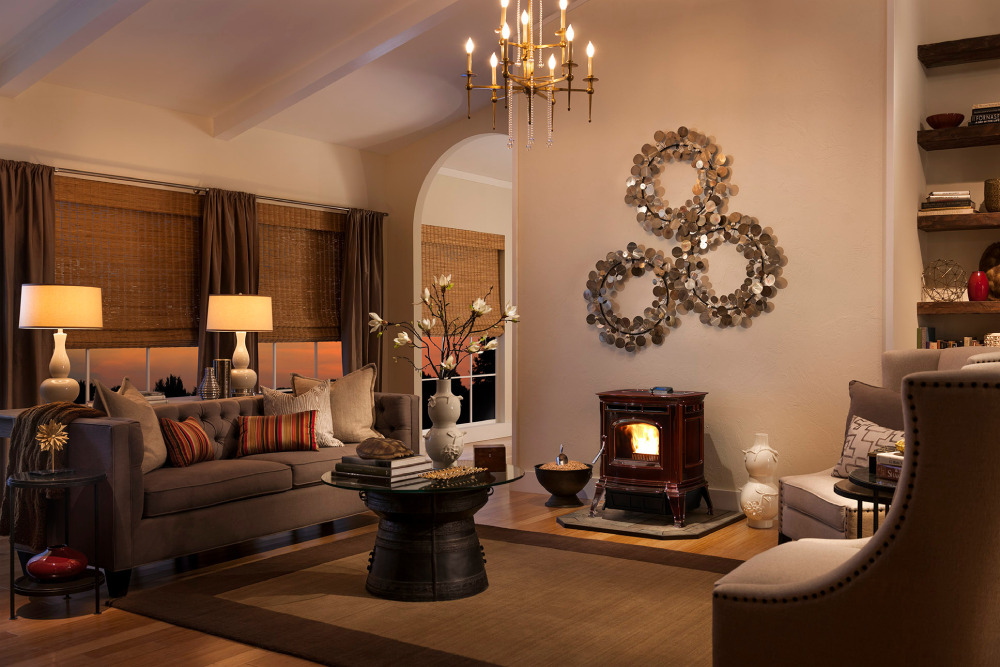 Image source: Hearths A’Fire, Inc.
Image source: Hearths A’Fire, Inc.
Much like a wood-burning stove, a pellet stove is a source of heat. But while you burn solid logs in a wood-burning stove, a pellet stove needs pelletized wood or biomass. It has several advantages over its traditional counterpart.
Firstly, a pellet stove is heavily automated. It regulates the amount of fuel by itself, making it much easier to maintain. it also provides a much more sustained heat.
Moreover, a pellet stove is very versatile when it comes to installing a vent pipe. While a wood-burning stove needs a vertical flue to carry the smoke outside, you have more options with pellet stoves.
And lastly, pellet stoves tend to be a lot cheaper.
Does your pellet stove need a vent pipe?
 Image source: Enchanted Fireside
Image source: Enchanted Fireside
You can’t have a pellet stove without a vent pipe. Not only is it dangerous, but also illegal. Combustion produces toxic fumes that should leave your stove via an exhaust pipe, ideally straight out of your house.
But while your pellet stove likely comes with a pre-installed fresh air intake, you’ll have to deal with the waste air yourself. To install it successfully, you’ll have to follow both the manufacturer’s instructions and local building codes and laws.
How to vent a pellet stove? 4 popular options
Now that you know why you need to vent your pellet stove, let’s look at your options. Luckily, a pellet stove is much more versatile than a wood stove. Although you can use a standard flue directed to the ceiling, you have 3 other options you can consider.
These are the 4 venting options for your pellet stove:
- Through the ceiling using a flue (if installed on an internal wall)
- Through a wall (if it is external)
- Through a window
- Through an existing masonry fireplace/chimney/other existing vents
Venting your pellet stove through the ceiling
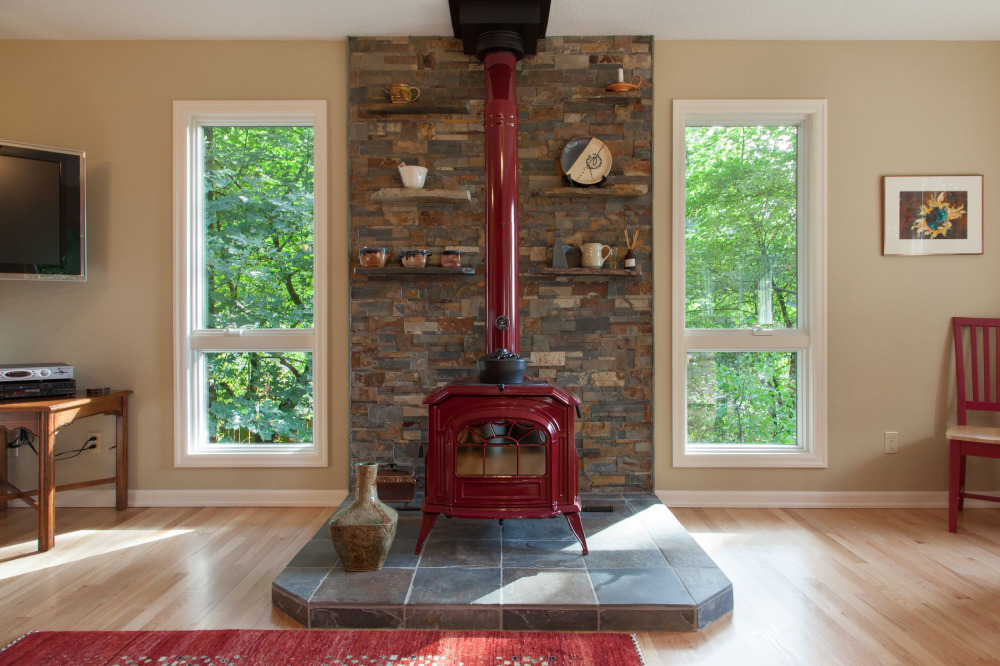 Image source: Fraley and Company
Image source: Fraley and Company
Venting your pellet stove through the ceiling is much like the standard flue. It features a direct vent that carries the smoke out through the roof. You should consider it if you want to install your pellet stove on an internal wall. An internal wall connects two rooms. Thus, horizontal venting is not an option.
 Image source: Louise Lakier
Image source: Louise Lakier
The method has both its pros and cons. On one hand, your particular pellet stove will be vented flawlessly. The odds of fumes escaping into the room are very low. But on the other hand, the heat tends to escape together with the fumes. Thus, many manufacturers build wall-mounted pellet stoves larger to compensate for this loss. Thus, they are also more expensive.
Pros of venting your pellet stove through the ceiling
- Perfect for carrying toxic fumes out of your home
Cons of venting your pellet stove through the ceiling
- Heat loss
- More expensive than other options
Venting your pellet stove through an external wall
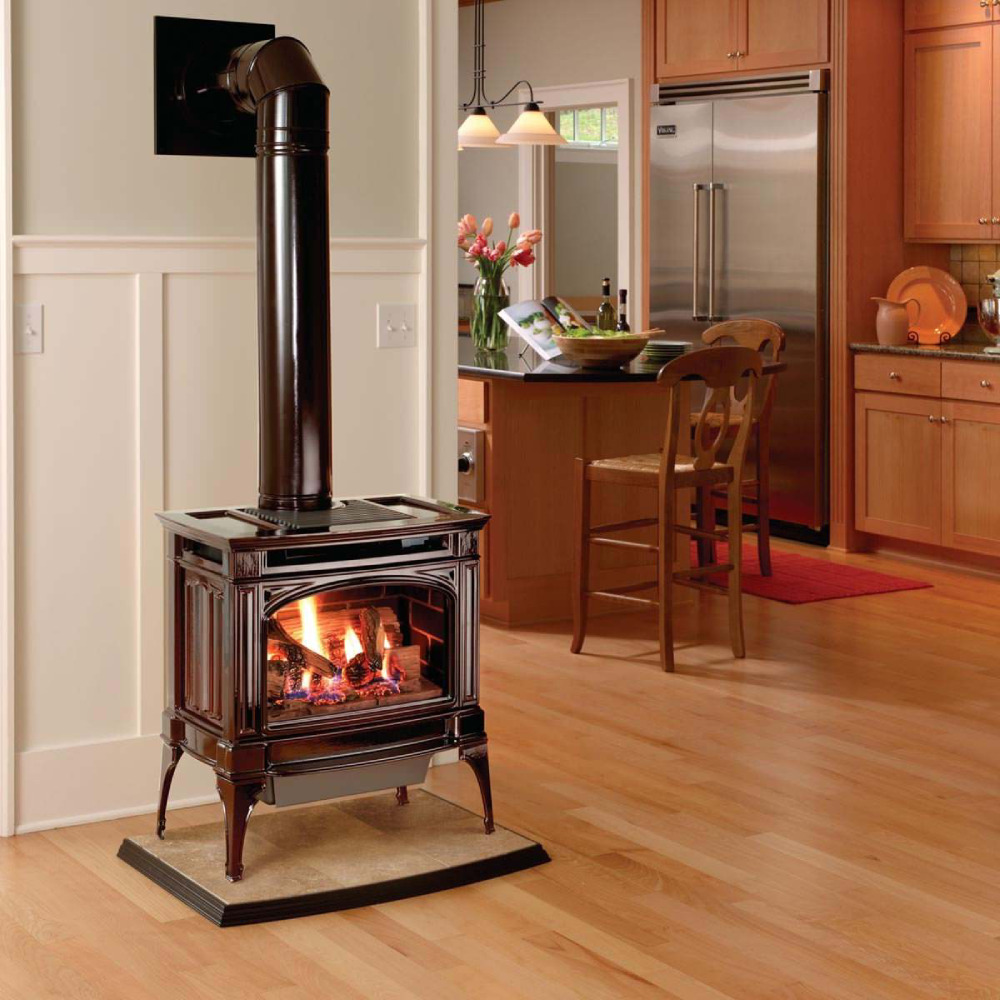 Image source: A Better Fireplace
Image source: A Better Fireplace
Venting your pellet stove through an external wall is arguably the most reliable method. It’s typical for free-standing pellet stoves, although wall-mounted ones may sometimes use it as well. It relies on horizontal vent pipes that go through an exterior wall.
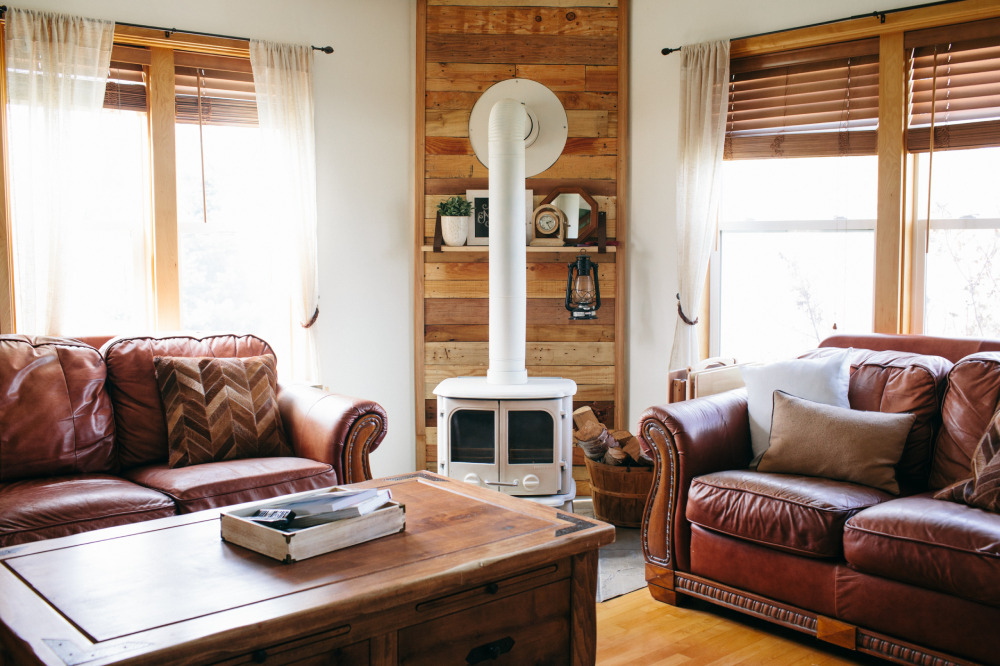 Image source: Ellie Lillstrom Photography
Image source: Ellie Lillstrom Photography
But while the pipe exits the exterior wall horizontally, it bends like the letter L in several places. This is to make the most out of the drafting effect and maximize the venting’s efficiency. However, you can’t use this method if your walls are made of hard materials such as bricks.
Pros of venting your pellet stove through an external wall
- Very effective
- Easy installation
Cons of venting your pellet stove through an external wall
- Only works via an external wall
- Not an option if the wall is made of bricks
Venting your pellet stove through an existing chimney
 Image source: Leisure Time Inc.
Image source: Leisure Time Inc.
If you have an unused fireplace in your home, you’re in luck. You can use it as an effective way of venting your pellet stoves. These stoves have small flues that fit inside fireplace chimneys well, meaning you don’t have to worry much about the installation.
 Image source: Direct Stoves
Image source: Direct Stoves
Your chimney should be sealed tight to prevent the fumes from leaking back into the room.
Pros of venting your pellet stove through an existing chimney
- Very effective
- Makes use of your natural layout
- Little to no installation is involved
Cons of venting your pellet stove through an existing chimney
- Not available to everyone
Venting your pellet stove through a window
 Image source: The Inadvertent Farmer
Image source: The Inadvertent Farmer
Finally, you can vent your pellet stove through a window. However, this should be your last resort. Although most local building codes allow for this method, it can be tricky to pull off. Many people don’t seal the window properly, which leads to leaks.
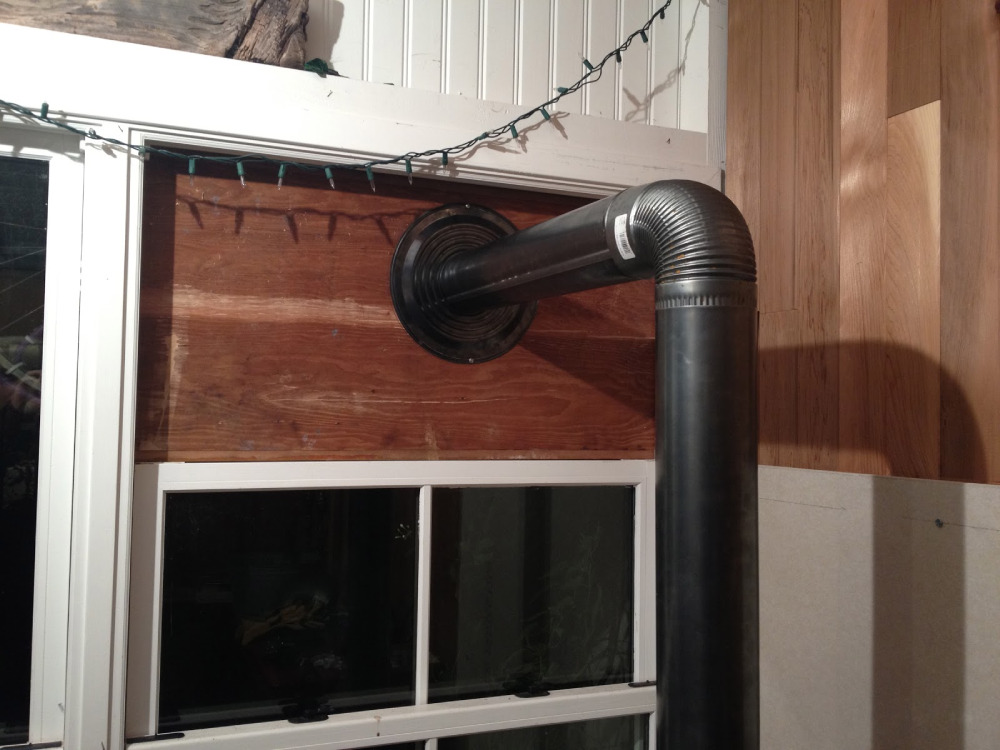 Image source: The Shingled house
Image source: The Shingled house
You can’t simply lead the flue out of an open window. You have to go through a sealed panel which makes the window unusable for as long as you use your pellet stove. It doesn’t look the best either.
Pros of venting your pellet stove through a window
- Works similarly to venting through a wall
- Great if you have no other options
Cons of venting your pellet stove through a window
- Makes the window unusable
- Requires proper sealing
- Not the most attractive option
Further pellet stove venting requirements
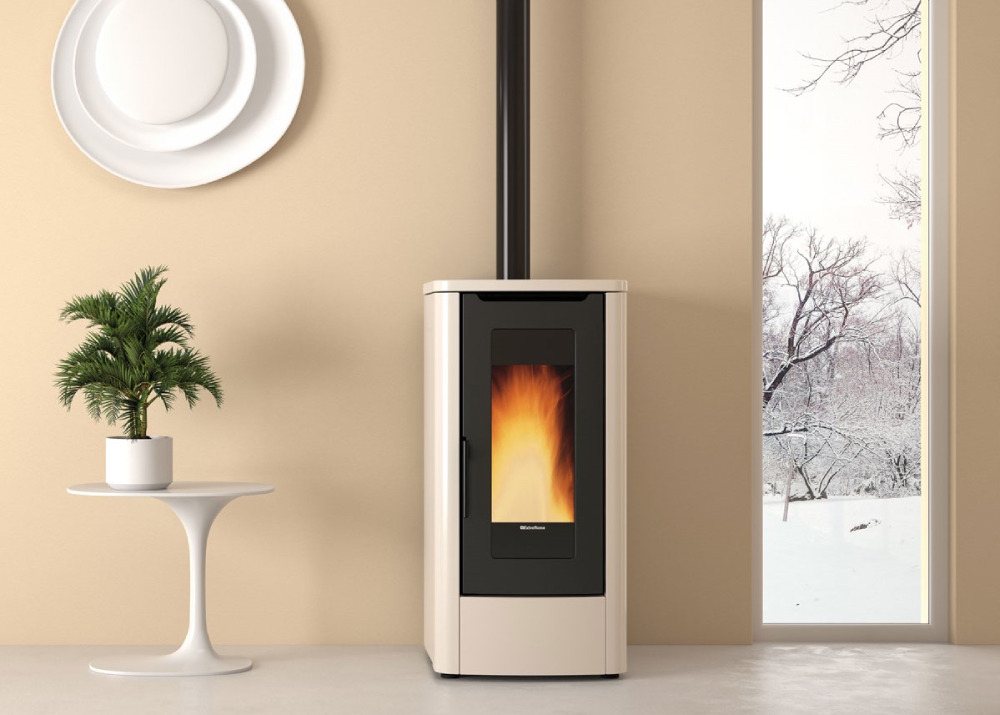 Image source: Direct Stove
Image source: Direct Stove
Venting your pellet stove is only a general requirement enforced in many states. The exact details are based on your location and pellet stove model. Before you decide to tackle your pellet stove installation, make sure you read the instruction manual as well as your local building codes.
These requirements often deal with the dimensions your pellet stove should have. However, they also demand that you have a hearth pad under it to protect your floor from heat.
Our final thoughts on pellet stove venting requirements
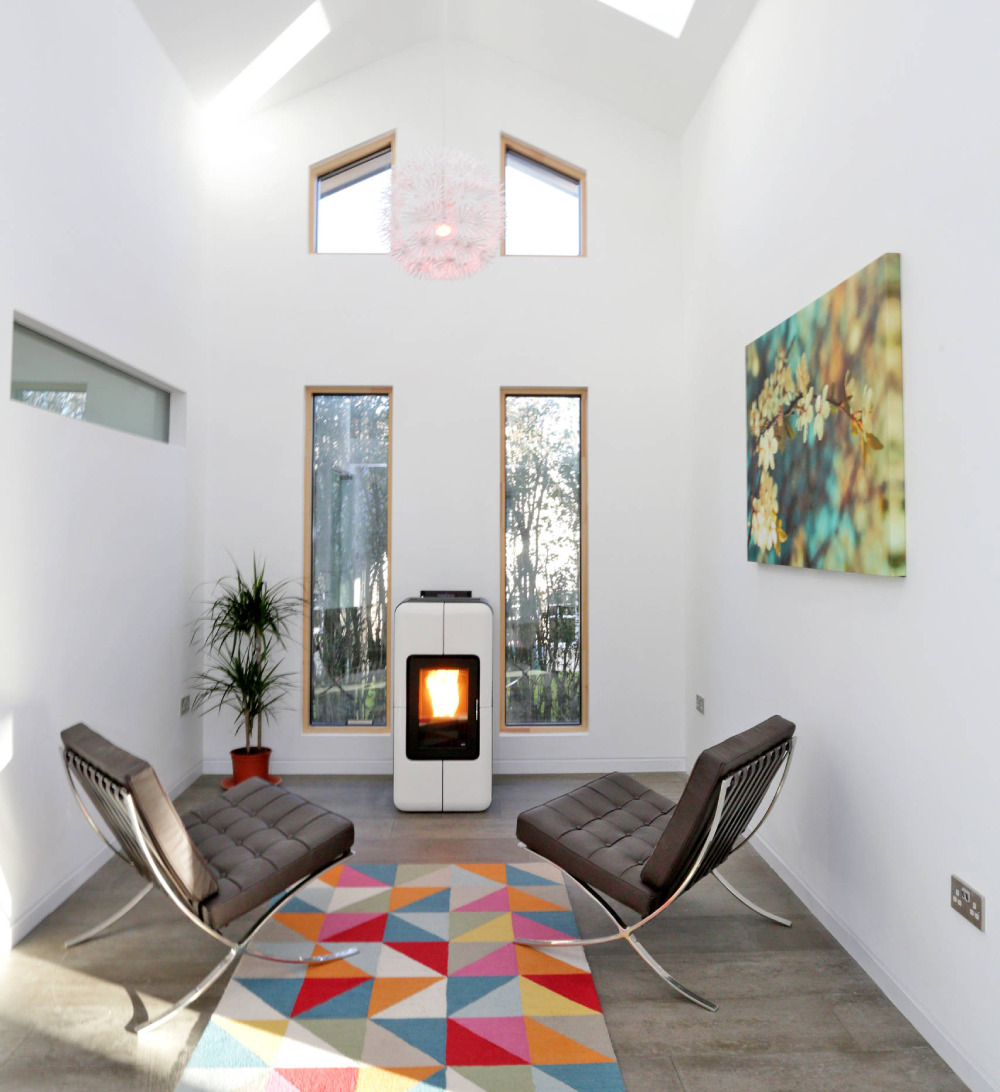 Image source: Build different
Image source: Build different
Pellet stoves are a very effective way of heating your home. They’re mostly automated, meaning they provide constant heat during the day. However, they can be tricky to vent.
Venting them is extremely important since they produce toxic fumes that could endanger your life. Luckily, you have 4 options to deal with this issue. These include venting through the ceiling, wall, existing vents, and window. Each option has its pros and cons that you need to consider when deciding.
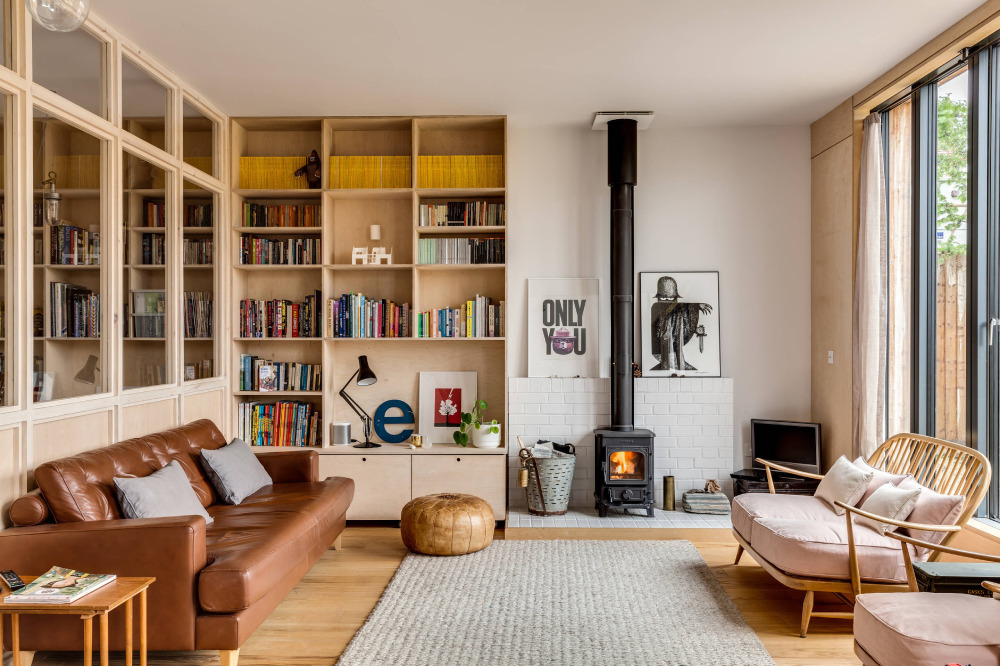 Image source: Cairn
Image source: Cairn
Your pellet stove should also sit on a hearth pad or other heat-resistant material. To find other requirements, consult your instruction manual and the local codes. These will tell you about the proper dimensions you should use when building a venting system.
If you liked this article about pellet stove venting requirements, you should check out this article about fireplace hearth.
There are also similar articles discussing fireplace mantel ideas, fireplace wall ideas with tv, electric fireplace ideas with tv above, and faux fireplace ideas.
And let’s not forget about articles on what to put behind a wood burning stove, wood burning stove ideas, how many face cords are in a cord, and components of a fireplace.
